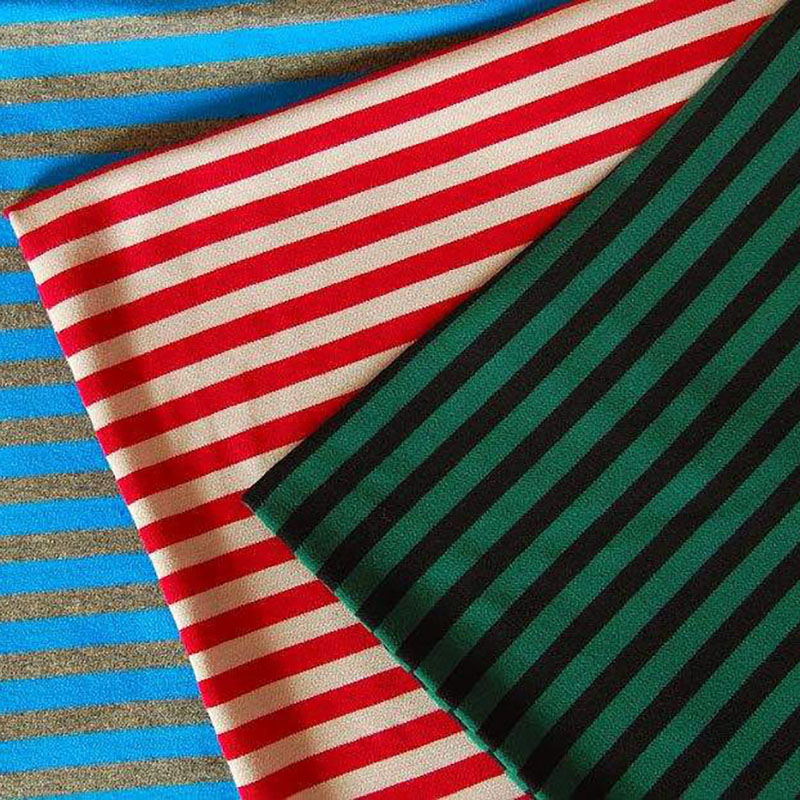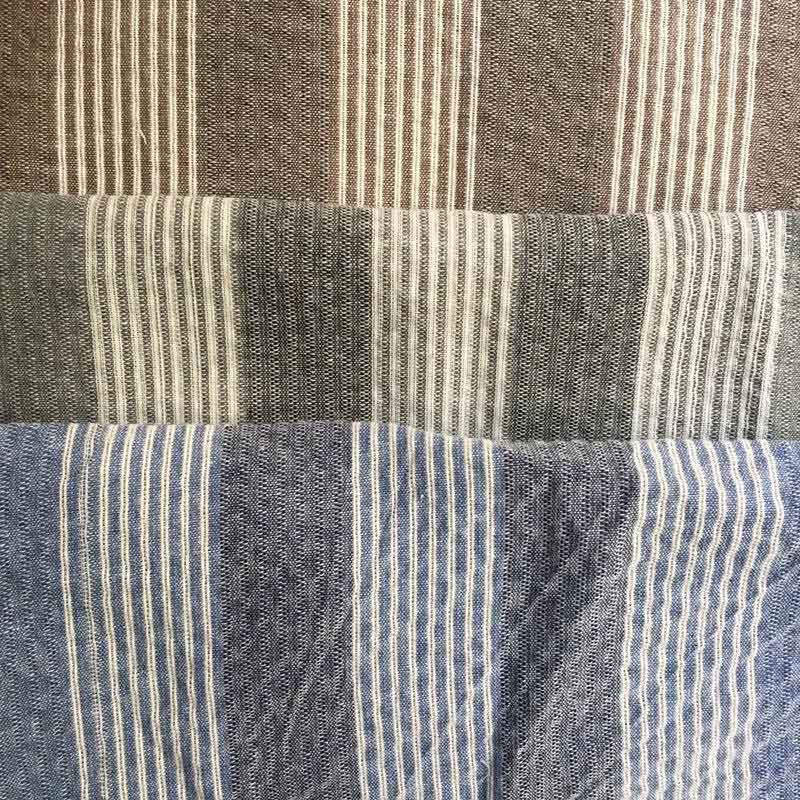In the textile industry, color fastness testing is a crucial aspect that determines the durability and quality of fabric. This testing evaluates how well a fabric retains its color when exposed to various conditions such as washing, sunlight, and rubbing. High color fastness is essential for maintaining customer satisfaction and brand reputation, as products that lose their color quickly can lead to disappointed consumers.

Conducting color fastness tests is integral to quality control in textile manufacturing. By ensuring that fabrics meet specific color fastness standards, companies can prevent product failures and complaints from customers. Without adequate testing, a manufacturer might overlook fabric defects that could lead to significant financial losses and damage to their brand's image.

Consumers today are increasingly aware of fabric quality and expect products that maintain their appearance over time. Good color fastness contributes to an enhanced consumer experience, leading to repeat purchases and customer loyalty. In contrast, poor color performance can result in negative reviews and diminished sales.

A brand's reputation is closely tied to the quality of its products. Manufacturers that prioritize color fastness testing are often viewed as more credible and reliable. This proactive approach not only protects their market position but also distinguishes them in a competitive landscape.

In summary, fabric color fastness testing is a vital component of textile production that affects quality control, consumer satisfaction, and brand reputation. Companies that invest in this testing can ensure long-term success and maintain a competitive advantage in the ever-evolving textile industry.
